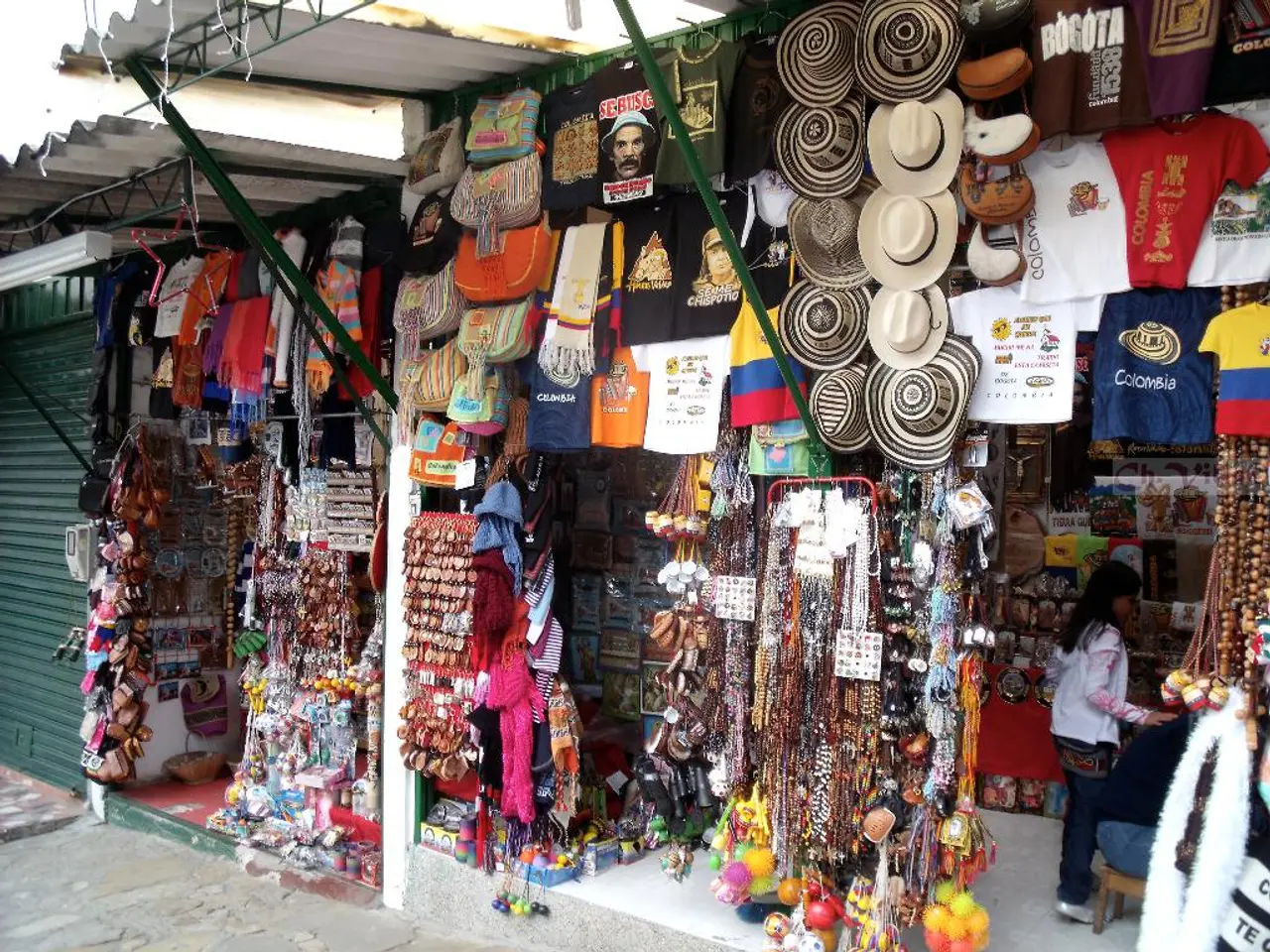Choosing between Custom Production or Pre-Stock Inventory: The Best Fit for Your Business?
In the ever-evolving world of fashion, emerging designers are constantly seeking the optimal approach to showcase their collections and manage their sales. One key decision they face is whether to adopt a made-to-order (print on demand/dropshipping) model or an upfront inventory model.
Made-to-order models present several advantages, particularly for online sales. By eliminating the need for upfront inventory purchases, designers can reduce initial investment and inventory management costs, offering greater financial flexibility. This approach also allows for easy experimentation with new designs and quick adaptation to changing trends. Moreover, the risk of overstocking is minimised, as products are only produced when ordered.
However, made-to-order models typically yield lower profit margins compared to traditional retail or wholesale models, due to the cost of buying from suppliers. Additionally, designers may experience less control over production quality, shipping times, and pricing.
On the other hand, upfront inventory models offer the potential for higher profit margins, as designers can negotiate better prices with suppliers for bulk orders. This approach also provides more control over inventory management, allowing for better quality control and faster shipping. However, it requires a significant upfront investment in inventory, which can be risky if products do not sell. The risk of holding unsold inventory can lead to financial losses.
When considering sales channels, online sales, including dropshipping, are ideal for made-to-order models due to the ability to shift inventory and shipping responsibilities to suppliers, reducing logistical burdens. Brick-and-mortar sales, on the other hand, typically require holding stock to display in-store, which leans towards upfront inventory models.
Wholesaling, via trade shows, showrooms, and agents, also usually requires upfront inventory to fulfil large orders from wholesalers, which can be risky if orders are not consistent. The designer must sell their collection at a price point that allows the retailer to make a profit in the wholesale model.
For emerging designers, the choice between made-to-order and upfront inventory models is crucial and depends on the sales channel chosen for the brand. In the brick-and-mortar sales scenario, manufacturing inventory to sell on the spot is necessary, while in the dropshipping scenario, inventory must be ready to go the minute an order is received.
A trunk show, a one-to-two day event where designers bring samples of their new upcoming collection for pre-orders, is an exception in the brick-and-mortar sales scenario. In this case, the designer can showcase their latest collection and take orders, which can be shipped out in four to eight weeks. The designer splits the income with the store or boutique (typically 50/50).
The question of whether to create upfront inventory or manufacture orders on demand is particularly relevant for emerging designers. The answer depends on the sales channel chosen for the brand, as each channel presents its unique advantages and challenges. By balancing these strategies, designers can optimise their business operations based on the specific sales channels utilised.
Emerging designers contemplating their approach in the fashion industry need to weigh the benefits of made-to-order and upfront inventory models. Made-to-order models can decrease initial investment and inventory management costs, offer flexibility, and minimize overstocking risk, but may yield lower profit margins and result in less control over production quality. On the contrary, upfront inventory models can offer higher profit margins, better control over inventory management, and faster shipping, but require a significant upfront investment potentially leading to financial losses due to unsold inventory. For online sales, especially dropshipping, made-to-order models are advantageous because they reduce logistical burdens. In contrast, brick-and-mortar sales leans towards upfront inventory models, while wholesaling requires significant upfront inventory, as well. The question of manufacturing inventory or creating orders on demand becomes crucial for emerging designers, as each sales channel presents unique advantages and challenges, and finding a balance is essential for optimizing their business operations.




